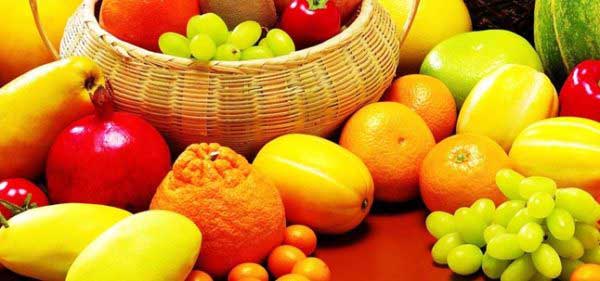Reviewed by Anurag Mishra (Sr. Technical Consultant)

What we see is strongly influenced by what we perceive. And when it comes to buying consumables, our perception impacts our decision even before tasting. Lights reflected by the surface of the object is perceived as colour and this stimulate our senses to detect and recognise the object. To make most out of these sensory impacts on human decision, manufacturers associated with different industries focus a lot on the colour scheme of the object. Whether you go the restaurant, reading a brochure, picking up clothes for your wardrobe, deciding interior scheme of your office, or eating a meal; colour has an important role to play to human psychology.
In the food industry, the appearance of the raw material is very important to assess the quality of the final product. Ever wonder how these juices have consistently similar colour of all batches? Well, there is no secret behind this. Fruit colour measurement of raw fruits and assessment of vegetables help the producers to create the consumable very close to the master sample. If still there is any discrepancy in the colour, additives can be added to fill the gap. As colour is an important parameter to check the quality of end product, its shelf life, effects of processing on the raw material. To meet the quality standards, it is important that sample should meet the master.
How to Perform Precise Colour Evaluation?
Although a visual inspection can be done to evaluate the quality of the raw material or of end products, but there are disadvantages associated with it. “Lighting of the surroundings, visual deficiency of the eye, or in a trained panel based on repeatability. All these affect variabilities.”
Thus, you need a system that can does the fruit colour measurement without any external disturbances. Colorimeters and spectrophotometers are the devices which can do the measurements accurately without getting affected by surroundings. Colorimeters use samples to measure the master colour with the sample colour and quantifies the differences. Testronix offers a wide range of colorimeters to do the task with variable apertures and illumination, depending upon the application. One defined wavelength is used to measure the colour difference and thus we can say that ideal measurement conditions do not change. The range of the colour spectrum is changed into numeric values that are accepted internationally. Apart from measuring the difference, it can successfully be used for comparing two test samples, the strength of colour, colour sorting and colour fastening.
Apart from this, these range of colorimeters can help in determining the effect of environmental conditions like heat, light and water on the appearance of naturally grown products e.g. spices.